During the pretesting of ‘Community Arts Against Antibiotic Resistance in Nepal (CARAN)’ project at Chandragiri Municipality, Kathmandu, we conducted several activities and learning sessions.
We held a series of workshops on filmmaking along with other participatory activities. Everyone was excited to learn the filming and filmmaking process; I just was not sure how they would react to the technical session, specially the script-writing session.
I was trying to make it interesting for them so I divided the session into several fragments. The participants first had to choose the subject for their film. It had to be health-related issues of their community to build a storyline on the issue. They could develop storyline into a 3-5 minutes long film. They also had to identify probable characters and locations, and finally write the script with dialogues and activities for their characters. I was surprised to their interest on the script. Looking at their enthusiasm, I was satisfied with the session to develop scripts for participatory film.
After the session, participants came up with different fictional stories that were considered to be the reality of their situation at the community level. You can also go through these scripts that were developed during the script writing session.
Poverty and health
Characters:
Suntali: Mother
Ram: Father
Bibek: Their neighbor who is back home upon completing studies; aged 25
Bibek’s mother: Age 50
Sahila: Traditional healer
Suntali and Ram, working as daily wage laborers, have a small plot of land where they live in a small hut. Illiteracy and a desire to have a son led the couple to have several daughters. Unfortunately, they ended up having daughters in quick spacing. Their economic situation does not allow them to eat well, provide good education to their daughters and opt for quality health services when needed. Further, the daughters are also forced to work as daily wage laborers and the parents need to take care of their own children as well.
One fine morning parents talking to each other
Ram: Dear wife! I have to go to work early in the morning. Take care of the house.
Suntali: You are going out early in the morning? Our daughter is feverish from last night. Where should we take her?
Ram: Where should we take her? Take her to Sahila, the traditional healer. I have to go right now. She will get better once he does some jharphuk (actions that traditional faith healer takes by chanting mantras to treat sick people) on her.
The parents take the child to Sahila, but her health gets worse. The parents talk to each other after three days while going to bed.
Suntali: What should we do to get our daughter better?
Ram: I do not know. What do you think about taking Bibek’s advice on this? I have to go to work early tomorrow morning as usual. So, why don’t you go and talk to Bibek?
Suntali: Ok.
[She goes to Bibek’s home early next morning. She asks Bibeks’ mother if he is home. She informs her that he is upstairs and calls him.]
Bibek: Yes, mother, why did you call me?
Bibek’s mother: Suntali is here to meet you.
Suntali: My daughter has been suffering from fever for 3 to 4 days now. What should we do?
Bibek: What have you done till now?
Suntali: We went to Sahila for jharphuk. It has not worked.
Bibek: Getting her jharphuk when she is feverish will not help her. You have to immediately take her to the doctor.
Suntali: Her father does not have any money for it. Bibek, will you lend me some money?
Bibek: All right. Take these 400 rupees.
Suntali: Now, I will take her to the doctor for a checkup.
Suntali takes her daughter to the hospital.
*************
The topic chosen and the script written is very well-thought and sensitive, as they took the topic of the common care-seeking practices among economically and socially deprived people in the rural setting. Further, the script also reflects level of health education of such people and their knowledge, attitude and practices towards health issues; and how they adopt solutions to address the issues. For instance, mirroring many people, the couple in the script also tend to have deeply rooted patriarchal beliefs and practices such as desire of having son over daughter who would take care of them in their old age, resulting in couples having more children than they could afford.
The script reflects that people still opt for traditional healers over certified health workers. This can be detrimental to public health. There are various reasons why people do this: lack of awareness of better options; financial constraints; lack of health education; or limited access to other health services. These issues are also reflected in the script.
If we see the story through to the end, the group were keen to portrait the daughter recovering from her illness and coming outside of the hospital with a smile.
Diarrhea and dysentery
Characters:
A sick child, age 9
Sita: Sick child’s mother
Radhika: Female community health volunteer
A doctor
Radhika comes to Sita’s house to see her sick child.
Sita: My child has been suffering from diarrhea for last 4 days. I have been giving him salt- water at home. What else can I give him so that he can get better?
Radhika: It is insufficient to only have salt water. You have to also provide him with Jiwanjal (ORS-oral rehydration solution). If he still does not get better, you have to take him to the hospital.
Sita: ok.
She takes him to the hospital where she is asked some questions.
Doctor: How many days has he been sick for?
Sita: He has been sick for 4 days.
Doctor: Have you given him any medicines?
Sita: I have given him Jiwanjal at home.
Doctor: This child is extremely exhausted. Now, we have to give him antibiotic through the saline water.
The patient gradually gets better. That is the reason why we have to take the sick people to the hospital on time. It means that the patient would have been better if he was taken to the hospital earlier. However, since they were late, the patient had to be given antibiotics. Thank you.
*************
This script was written by the group of women. It is about the dilemma of the mother of a sick child. It is a common issue faced by many mothers but is not often talked about. The script also shows the role of the Female Community Health Worker (FCHV) in the community. According to the script, Radhika (FCHV) suggests Sita should take her sick child to the hospital, eventually saving the child’s life. The topic this group chose and the decisions made by the characters are very realistic and informative. Also, the end-note made by the group gives an important warning about diarrhea for the community in general, namely that it should be treated on time and not to be neglected, as it can become life threatening, and forces the use of antibiotics. These can easily be avoided through early interventions. Although the group has made some concluding remarks, the story seems incomplete. It would be good to show what happens after the child is treated. They could have shown that the child’s diarrhea stopped and he is being responsive towards people and the environment, which he was not before antibiotics were given.
Health in the rural area
Characters:
Ram Bahadur: Patient
Wife: Patient’s wife
Doctor
A family living in a village. They buy medicines from the ‘medical’ [local pharmacy] directly, instead of visiting the doctors and getting prescribed medicines. The conversation here shows the time when a patient is taken to the hospital. So, the conversation is between the doctor and the patient.
The patient goes to the hospital with his wife.
Patient: Namaste, doctor!
Doctor: Namaste! What is your health problem?
Wife: It has been a long time that he is ill. I have brought him here to the hospital because his health has not improved at all.
Doctor: [Looking at the patient] What is the problem with your health?
Patient: I have severe headache and fever too. No matter which medicine I use, I am not getting any better. I was getting those medicines from the medical.
Doctor: All right. Please go ahead and lay down on the bed. Let us carry out your checkup.
The doctor conducts his checkup.
Doctor: You are having medicines based on your assumptions without any proper checkups. That is the reason why you are feeling extremely ill right now. It looks like you are going to suffer more. We may have to use antibiotics on you.
Patient: All right.
The doctor prescribes the medicines that he should take. The husband returns home and takes the medicines regularly as prescribed while also getting regular checkups. After a week of medication, his health improves and goes back to the doctor to thank him.
*************
Here, the script clearly shows the misuse of medicines. It reflects recent trend/attitude and ill practice in the community with regard to medicine, where they purchase it without visiting a certified health care service provider, or having their illness properly diagnosed. The people usually pay visits to the pharmacy first, or try to self-medicate, prior to consulting a certified health care service provider. The choice of this topic and the decisions taken by the characters certainly resemble reality on the ground at the moment (not only in Nepal, one might add). The script provides an overview of how people are using medicines carelessly without knowing their effects and proper use. This can lead to their illness getting worse rather than better. Once their illness becomes more severe and the medication they have been taking does not work on their body, they seek doctor’s advice. This story could be developed further to generate further awareness among this community about the health hazards the husband faces due to the misuse of medicines.
Conclusion
The three scripts from participants talked about various health issues and evidenced a variety of the care-seeking practices to be found in this community. The scripts are very helpful in studying the behavior of the community with regard to their health issues. They can also contribute to identifying the challenges they face in adopting best practice in terms of health-care-seeking practices. In turn, they could be developed further to help with our project’s goal to identify community-led solutions to the misuse of antibiotics and, thus, better public health in Nepal.
Script writing can clearly and effectively be used as one of our participatory approaches in CARAN. Although these scripts were not filmed because of time constraints, we will look to include more scriptwriting with our approach to filmmaking, as we make transitions from the pretesting phase to project delivery.

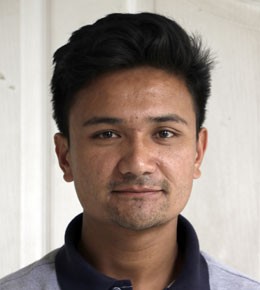

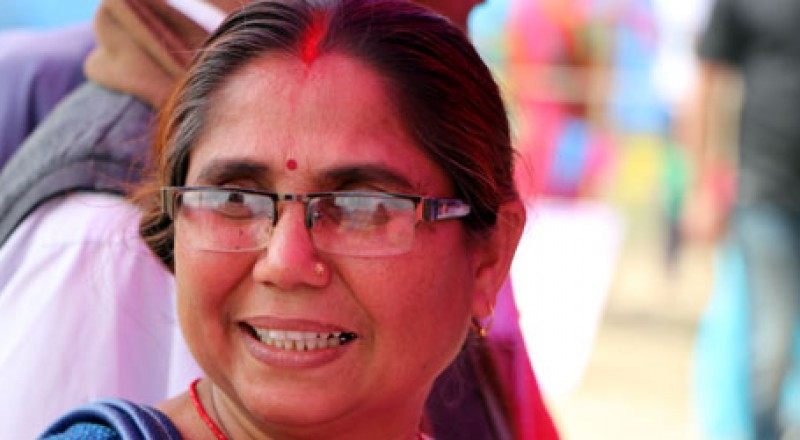
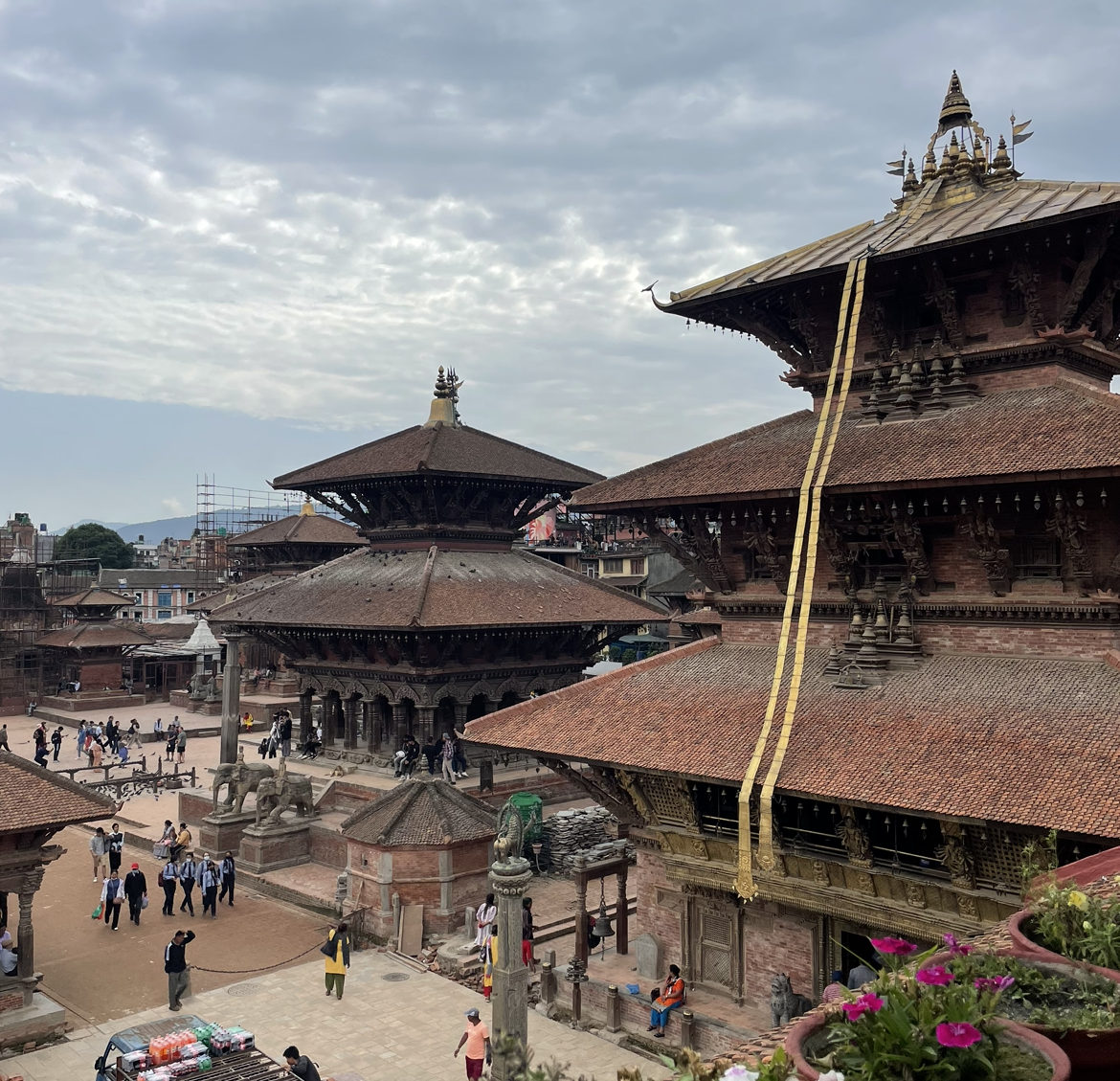
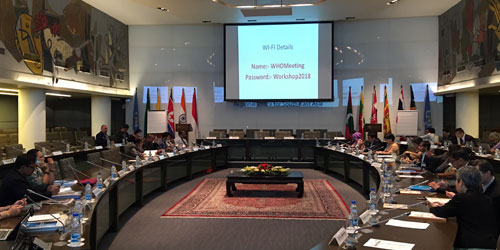
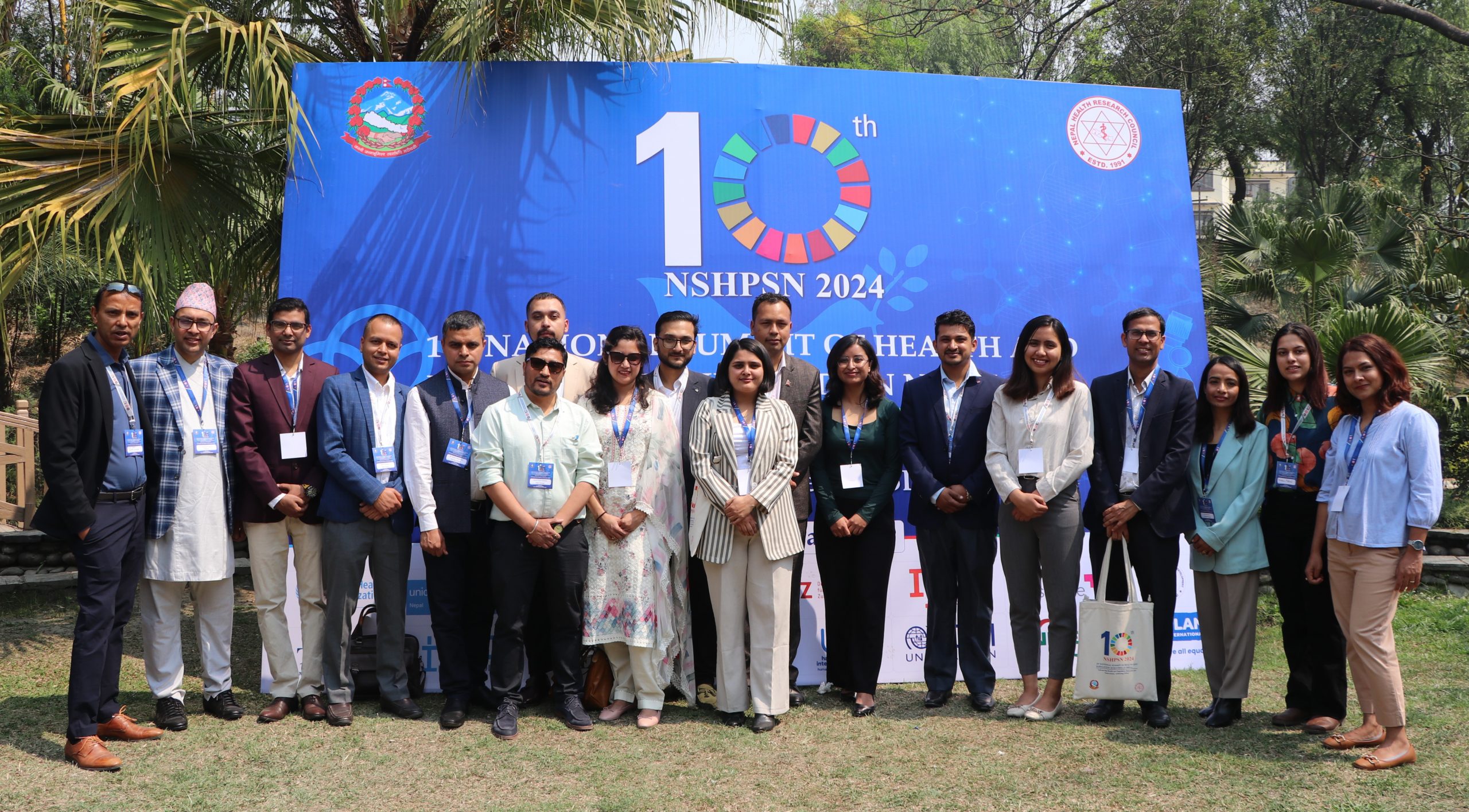

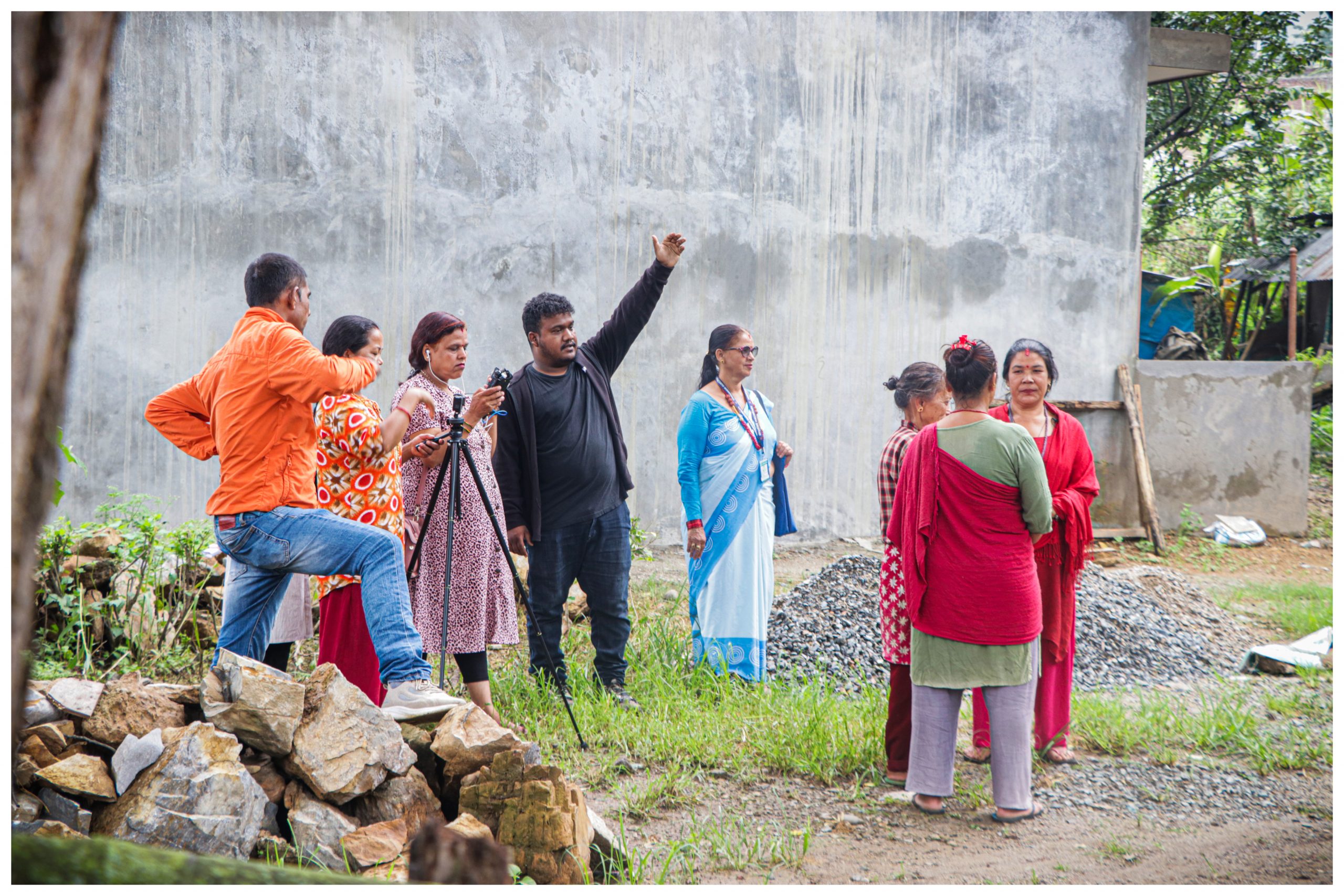
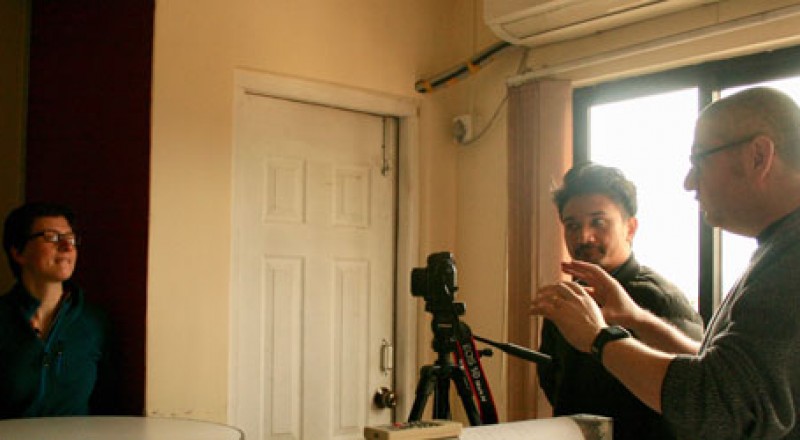
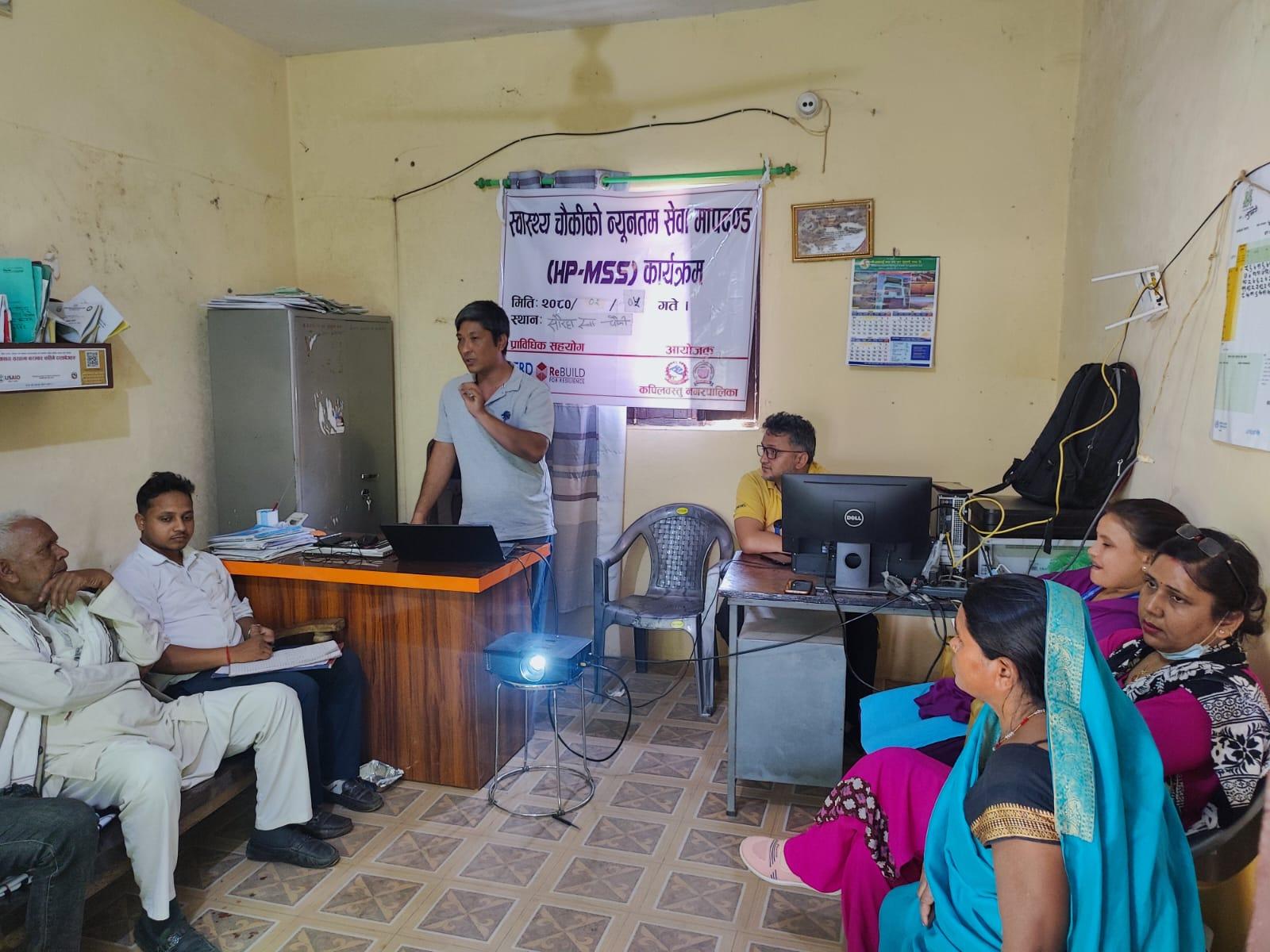
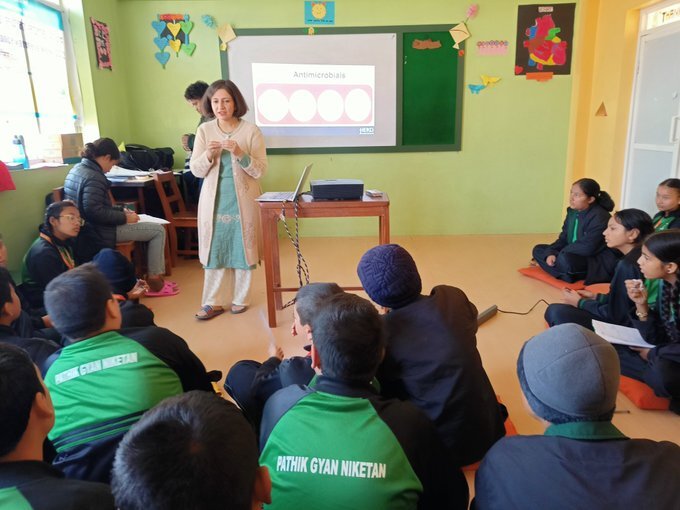
Comments (0)
No comments found.